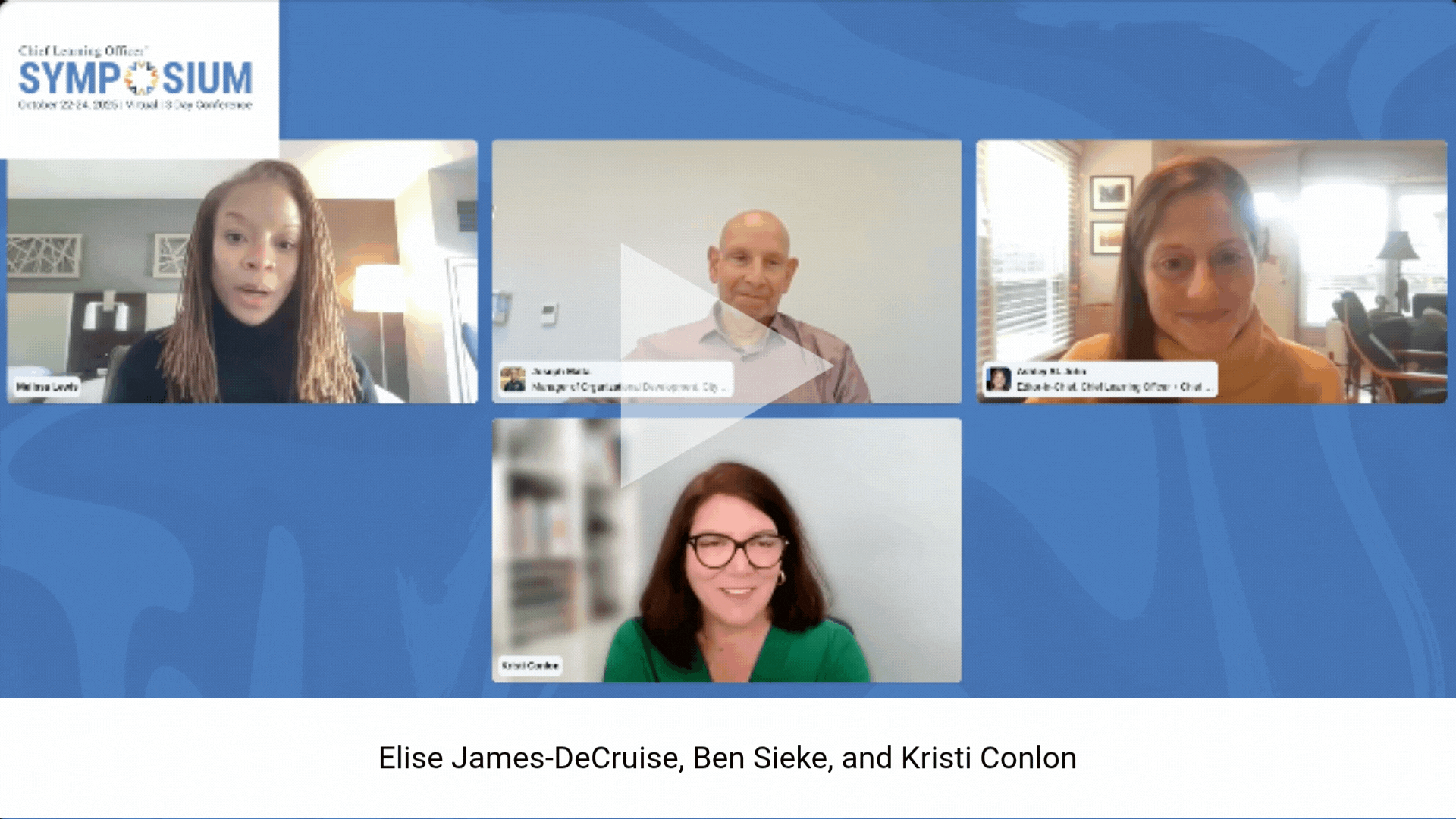 According to a new study from Hogan Assessments, having the perfect skill set to be a leader is only part of the equation. One can have all the necessary knowledge, but they will have a greater chance of excelling in an environment that aligns with their values.
According to a new study from Hogan Assessments, having the perfect skill set to be a leader is only part of the equation. One can have all the necessary knowledge, but they will have a greater chance of excelling in an environment that aligns with their values.
Jenny Plaister, global executive coach and author of “The Cross-Cultural Kaleidoscope,” said the results of the study are unsurprising. “Those of us who have worked in the intercultural sphere have known for years that culturally bound values differ and this, in turn, translates into leadership behaviors.”
Hogan found measurable differences after examining the personalities and values of more than 11,000 managers and executives across seven European countries. The most significant results were found using the Motives, Values, Preferences Inventory (MVPI).
The MVPI examines what drives individuals using 10 scales — recognition, power, hedonism, altruism, affiliation, tradition, security, commerce, aesthetics and science. A leader scoring high in science but low in commerce, for example, would prefer to work with data over people, without worrying much about financial viability.
Zsolt Fehér, managing director for Hogan, explained that the MVPI “characterizes what actually is moving an individual, what motivates someone, what values that someone focuses on or how they make certain decisions.”
There are standouts in specific areas, according to the study. Leaders in France scored the highest on the aesthetics scale, meaning they value creativity over practicality. The United Kingdom had the highest scores in altruism, meaning their leaders value helping people. This means that, theoretically, a prospective hire in France who would rather focus on convention may have a hard time excelling. A current leader in the UK might also find it hard to add a competitive edge to their business’s values when the culture is inclined to the contrary.
Navigating Conflict
Understanding cultural differences in a diverse workplace is essential to avoiding cultural faux pas. Plaister said, “Unless we do the work to understand … there are likely to be misunderstandings, behaviors that do not make sense or are seen to be inappropriate or rude, and this can lead to conflict.”
For teams that cross cultural lines with offices in various countries, navigating this reality can be even harder. Multiple offices means a multitude of individual office cultures, all influenced by a complex range of external forces. Fehér said that on the global level, “Even if they want to have a one-size-fits-all solution, they’re not going to be able to do that.”
However, Plaister said that a diverse workforce can be a strength more than a weakness. “Diversity in all its forms is now believed to lead to greater innovation of thought and, therefore, improved decision-making,” she said.
Fehér emphasized that the first place to seize this opportunity is through strategic recruitment, though hiring teams tend to focus mostly on skills and experience — they aren’t seeing the whole picture. “They’re not really looking into the motivators, which would be a very important element if they want to keep someone on longer term,” he said.
Considering how a potential hire matches up with the existing team’s values also is important. Additionally, values essential to the organization’s industry can serve as guidelines for finding the best candidates.
Learning Without Borders
Fehér said it’s important to remember that personality can’t be taught. Instead, universal skills like technical expertise can add value to any team. Learning leaders can focus on those areas and invest in creating a strong framework of communication across borders.
Additionally, though it’s hard to teach against personality, learning programs can be tweaked to address skills that may be essential to an industry but harder to pursue culturally, like public speaking in a low-affiliation workplace.
CLOs can also examine an individual’s values and consider how those values affect the person’s learning style. For example, individuals who value aesthetics may prefer brainstorming or free-form learning sessions. Those who favor recognition might be motivated by a leaderboard or other tool to point out stellar work. Appealing to individual learners’ internal drives can increase engagement.
The same principle can be expanded on a global scale. “Nation by nation, [organizations] might need to come up with a different motivational package,” Fehér said.
Leading with Awareness
According to Fehér, the strongest skill a leader can have is self-awareness. Being aware of your company’s values, your own values and the values of your industry will allow for success. Establishing overarching goals and then adapting individual offices or teams to achieve them also requires awareness.
To gain that awareness, leaders may need to come down to a micro-level and examine the relationship between employees and workplace culture. Plaister said good leadership “is about each employee feeling valued for their own unique perspectives regardless of where they come from.”
So what does it mean to be a good leader in a multicultural workplace? In addition to awareness, a good leader is able to identify strengths where they already exist and to see how a company can better fit the demands of its industry. Understanding how national and global culture at large shape those values is an important first step.
Mariel Tishma is an editorial intern at Chief Learning Officer magazine. She can be reached at editor@CLOmedia.com.















